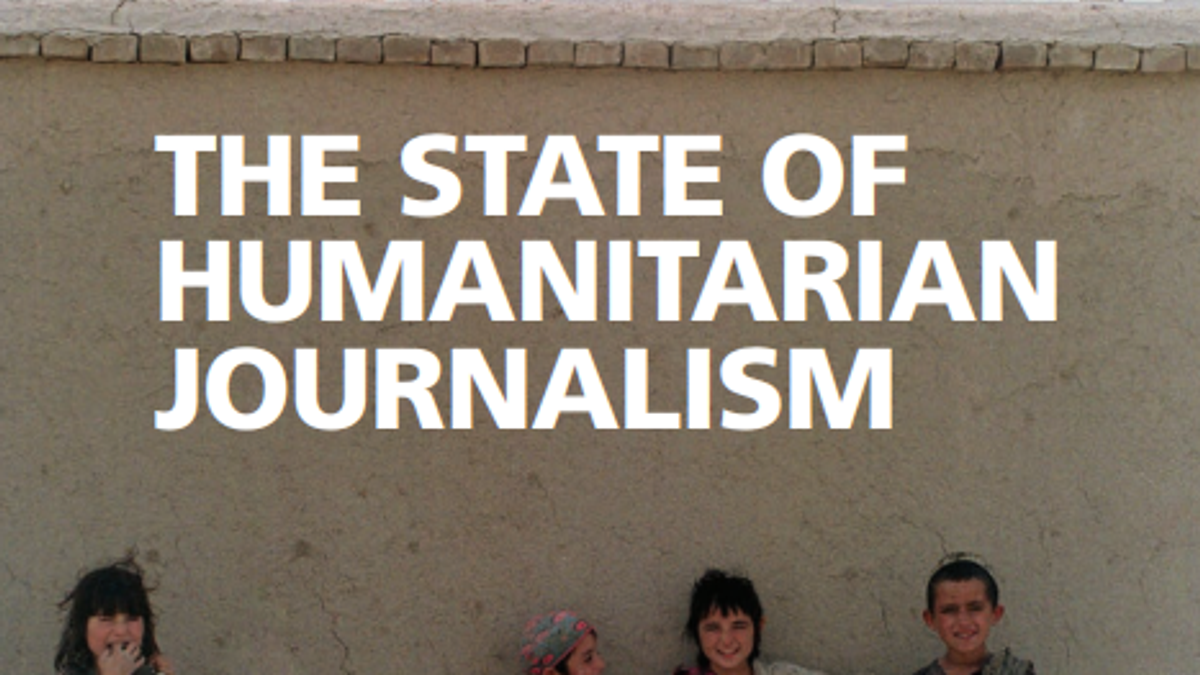
The State of Humanitarian Journalism (Report)
Humanitarian journalism plays a crucial role in how citizens, aid workers and international organisations around the world respond to emergencies and human suffering. Research on this journalism has tended to focus on establishing which topics and crises receive the most and least coverage.
But researchers have not explored other important questions such as: how do different funding models for humanitarian journalism change the news that is produced? How do governments influence the international reporting of humanitarian issues? What news do citizens and aid workers want to see more of? This report starts to answer these questions with data from a large scale, four-year multi-country study of humanitarian journalists, the news they produce, and the audiences who consume it.
This study includes interviews with nearly 200 journalists, news managers and media funders as well as extensive newsroom observations. This included fieldwork in London, Geneva, Washington, Bangkok and Nairobi. In addition, we completed major analyses of news content, and report on audience surveys with citizens and aid workers
Download the full report here.
CONTENTS:
Introduction and recommendations
Chapter 1: Who produces humanitarian journalism?
Chapter 2: How are conflicts reported?
Chapter 3: How are disasters reported?
Chapter 4: What do audiences of mainstream news think of humanitarian journalism?
Chapter 5: What do aid workers think of humanitarian news?
Chapter 6: What effect does critical news coverage of aid have on public opinion?
